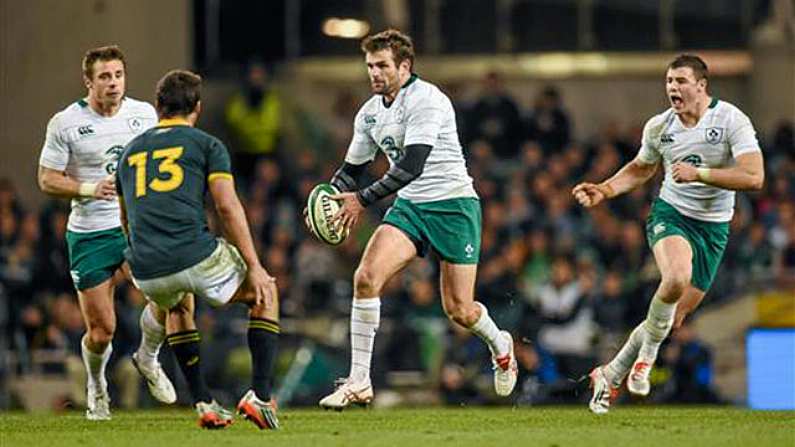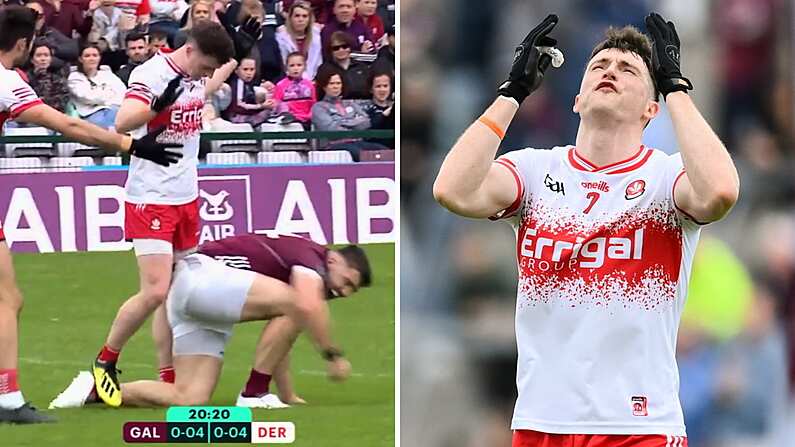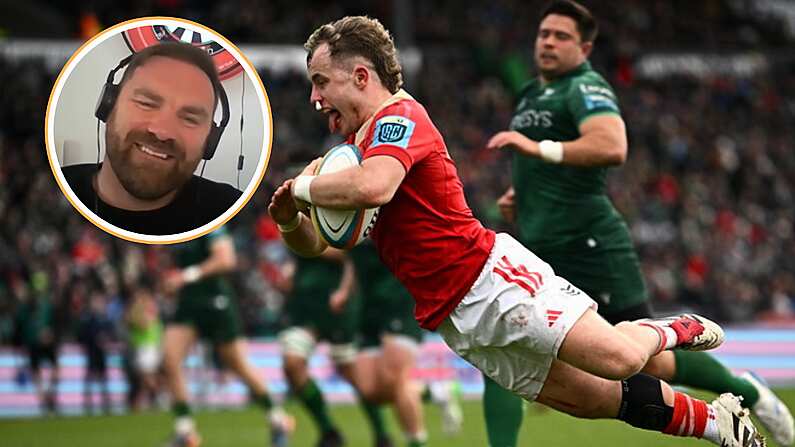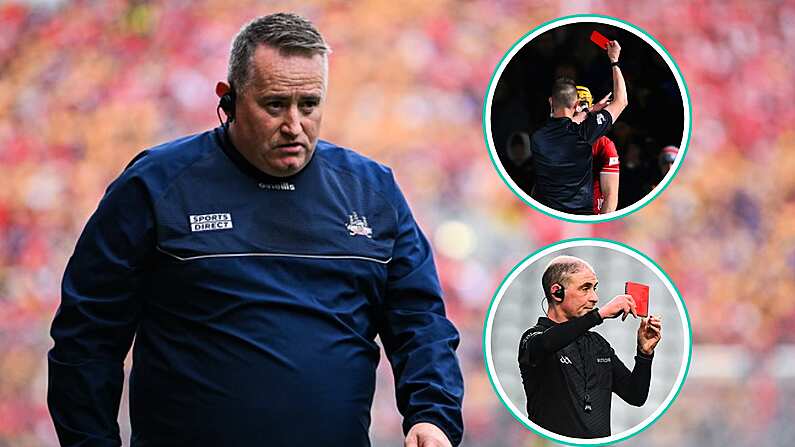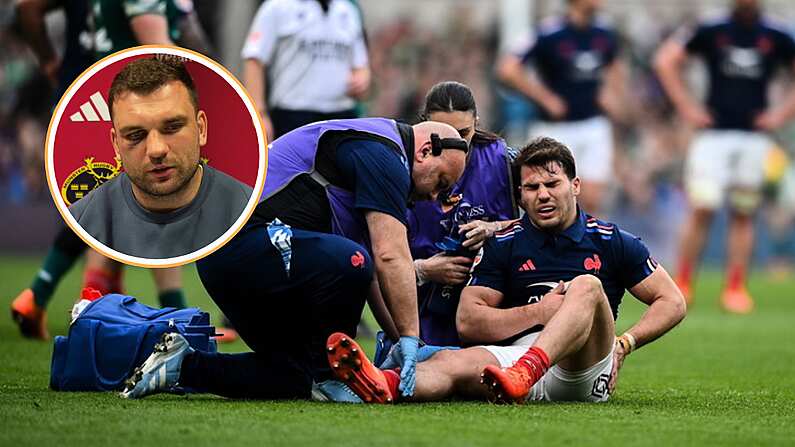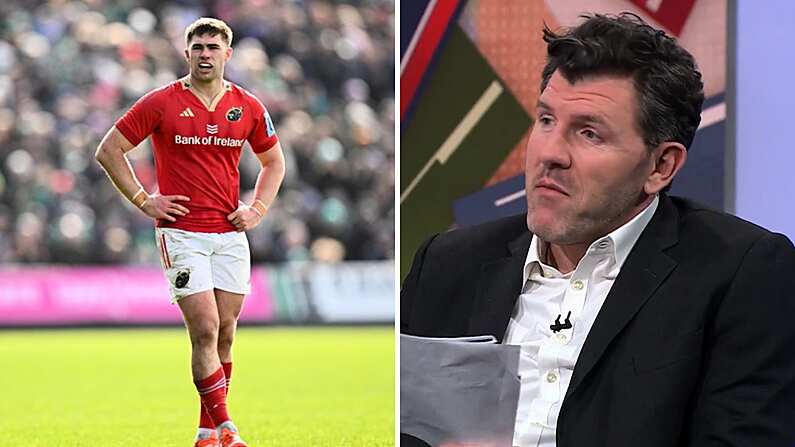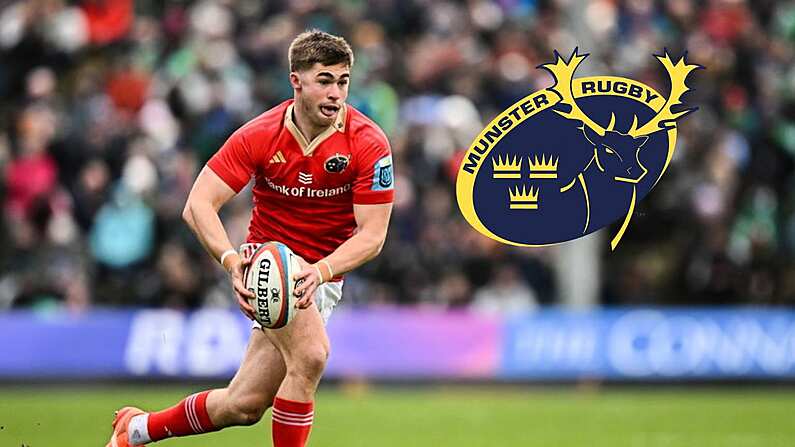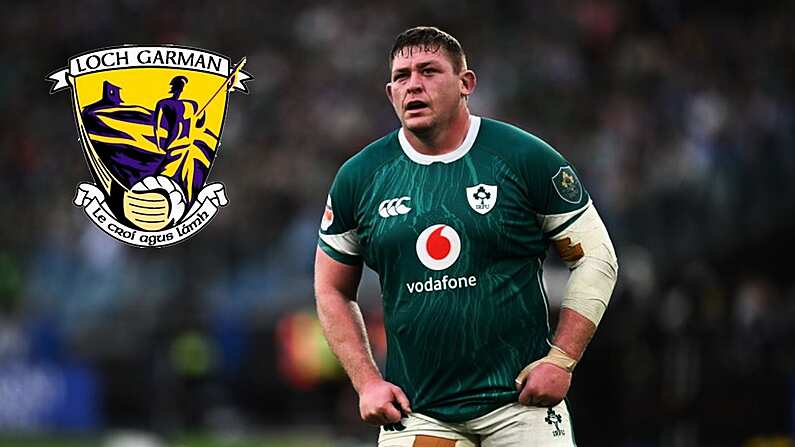The decision to pick Robbie Henshaw and Jared Payne in the centres for Ireland's last test against South Africa was a brave and controversial one from Irish head coach Joe Schmidt. The reasons behind it were simple according to Joe, he wanted his centre partnership to have had the last two weeks together, and Gordon D'Arcy had been unavailable. One of the reasons why it was so brave, was that Robbie Henshaw hadn't played in the inside centre position for more than 80 minutes of professional rugby. So how did Ireland's centre experiment work?
Well, In case you live under a rock, Ireland managed to beat the world number 2 ranked South Africans by 29 points to 15. In can be said that Schmidt prepared his team extremely well and should be given the majority of the credit for his outstanding work. But the question remains, Is it worth playing Henshaw and Payne together in the midfield for Ireland again?
It's extremely hard to gauge how they did in attack given that they got the ball so rarely. Payne only touched the ball 6 times, making 25 metres from those 6 carries, while Henshaw made 4 metres from his 6 carries, while also passing twice and putting his boot on the ball once to devastating effect which lead to Ruddock's try. It's not just what they did with the ball in their hands, but the lines of decoy running that fixed the defense for others around them. Henshaw was used to garner some forward momentum off a backpedalling set piece, while Jared Payne was looked to, to try and give some forward momentum off a midfield lineout.
https://www.youtube.com/watch?v=ktPUxxOpcNI
Henshaw was used as a decoy on several occasions, as Ireland tried to use Rob Kearney's running ability into the line, which ended up with a linebreak and some significant forward progression. In the first example, Henshaw is the running a hard line towards where the ball came from to try and sit the opposition defender down to create space for those outside him. In the still below, Henshaw is circled and gives a decent attempt at sticking his hands up as if to suggest the ball is coming to him. The defender stops for a split second, and you can see a small bit of space in the South African defense in the wider channels.
In the end however, some good vision from Kearney and great support play from Payne get Ireland some momentum, which turns into a penalty and Sexton is able to make it 6-0 to Ireland. There's promise from the new pair, but this isn't the game to base opinions on when going forward, and there will be tougher tests ahead to see if they can create some attacking spark when Ireland need it most.
It is possible however to gauge how well they did defensively, and if things came to it, whether they would be able to hold up to it. A gargantuan team like the Springboks are going to test any midfield combination and for the most part, Payne and Henshaw did ok. Payne recorded 6 tackles, missing only one, while Henshaw was asked to tackle 10 times, missing two of those. While one on one tackling is important, international centres are picked for their ability to defend in a system and minimise the linebreaks that the opposition have.
https://www.youtube.com/watch?v=Rwp0RwTQeyI
It didn't start well for Ireland's new centres. The first time South Africa ran at them, Serfontein was allowed to make a lot of metres into Irish terroritory. In the above video, South African dangerman is standing at second receiver. After he collects the ball from Pollard's pass, le Roux runs sideways with the ball in two hands towards Jared Payne. Henshaw was the player marking him, and he tracks le Roux across the pitch. What Henshaw doesn't see is that Serfortein is running a crossing line behind le Roux, and into the space behind Henshaw. A more experienced inside centre would have communicated to his outside partner to take le Roux when he becomes aware of Serfontein's incoming line, while a more experienced outside centre will be able to communicate that he is now tracking le Roux's run to allow Henshaw to concentrate on Serfontein. I'd pin most of the blame on Henshaw in this example, although he redeems himself later on and went on to have a good performance.
All is not lost though, as in the final ten minutes of the game with the score at 19-10 in Ireland's favour, Henshaw shows that he has learned from his mistake, and does switch from the sideways running le Roux to Serfontein running the exact same line. In this instance however, it's not needed as le Roux just drops the ball in an unforced error, but it's pleasing to see in the replays especially, that Henshaw had his man covered in any case.
In conclusion, Robbie Henshaw has at least shown that he is capable of performing at this level, and that despite the early mishap, the two centres were very solid in defense. They didn't manage to create anything going forward, but both will have benefited from this outing, and more time together may bring about better results both in attack and defense. It's harder for outside centres to influence a game in the attack, compared to a fullback who gets a lot more ball, but Payne did what he could in an efficient Ireland performance to get the win. His injury will be a concern, but it's clear that both Payne and Henshaw have big futures in the Irish side.


